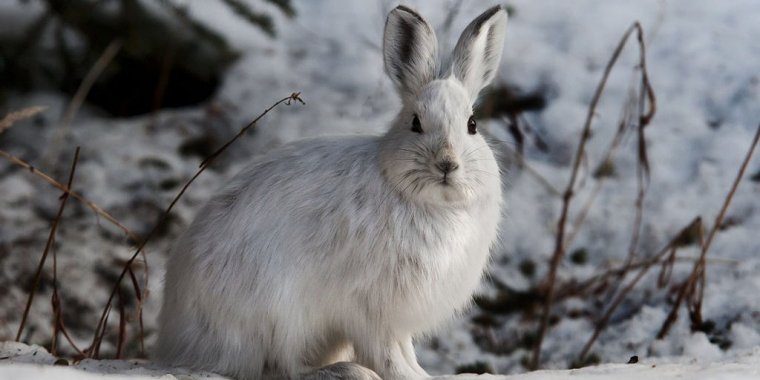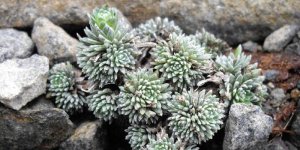| News / Science News |
Twenty-one species adapted to disappear in the snow. Then, the snow disappeared
Animals have evolved over millennia to use camouflage as a lifesaving way to dodge predators - so what happens to them when, over the course of just a few decades, their environments change?

Snowshoe hare. Image credit: Denali National Park and Preserve
For snowshoe hares and 20 other species across the northern hemisphere, the white winter coats that once rendered them nearly invisible to predators now make them conspicuous to lynx, foxes, weasels and hawks.
Biologist Scott Mills of the University of Montana, who began studying snowshoe hares in the 1990s, says finding them has become much easier as average winter snow duration has decreased over time.
These mismatched hares showed up at the same time that climate modelers were announcing consistent and drastic decreases in seasonal snowfall across the Northern Hemisphere. After Mills and his students published a series of papers describing the snowshoe hare coat color mismatch, its effect on survival, and how it is likely to increase under climate change, they turned their attention to a global perspective.
In a recent paper Mills asks how evolution has shaped the coat color trait for multiple species around the world, from hares to weasels to arctic fox.
To answer this question, the team visited 26 museums around the world, recording coat color for more than 2,700 specimens collected in the winter.
They identified areas where animals of each species turned white in winter but also other areas where they remained brown in winter. Also, there are areas where both winter brown and white individuals co-existed in the same populations.
Scientists used to think that meaningful evolutionary changes would take thousands of years to occur. But now we know that real changes in body type or behaviors can happen really fast. Under the right conditions, evolution can lead to adaptive shifts in just five or 10 generations.
Mills and team point out that the areas with co-existing winter brown and winter white animals would be places with special potential for "evolutionary rescue," where genetically driven adaptive traits reverse population decline. By identifying evolutionary rescue hotspots, humans can facilitate that process - like maintaining large and connected populations in these areas -- allowing evolution to become an ally for conservation. (National Science Foundation)
YOU MAY ALSO LIKE





